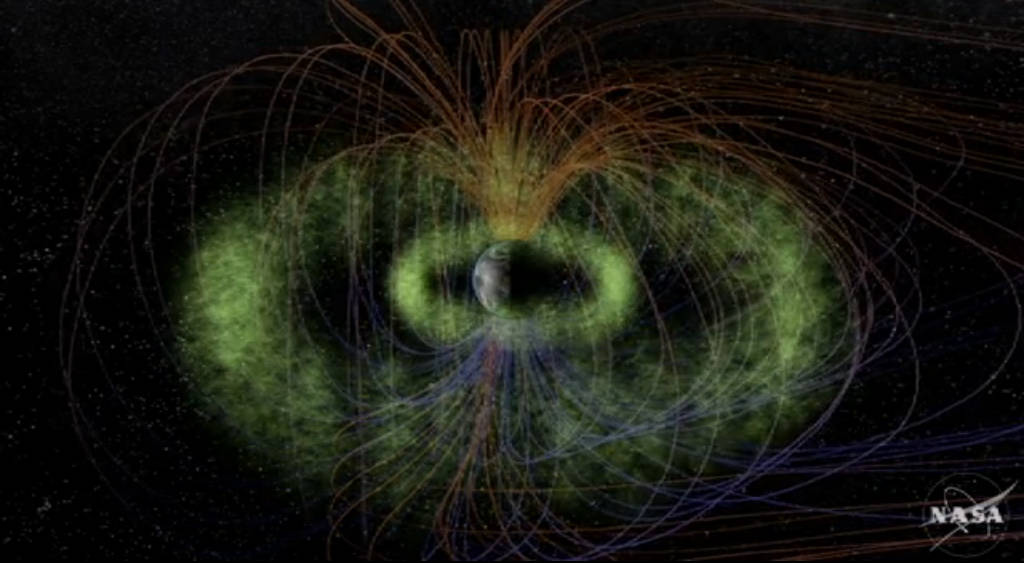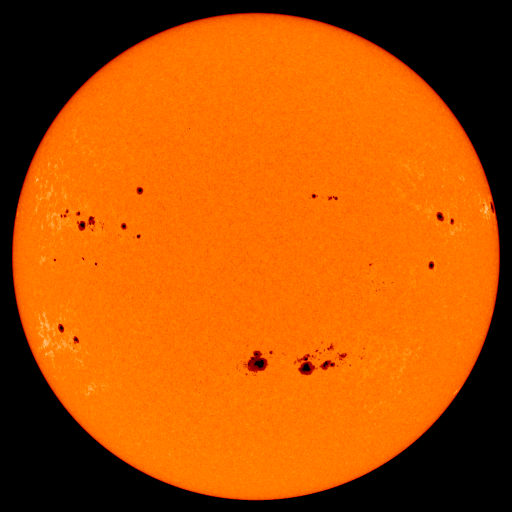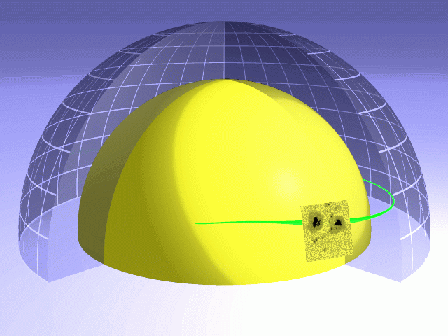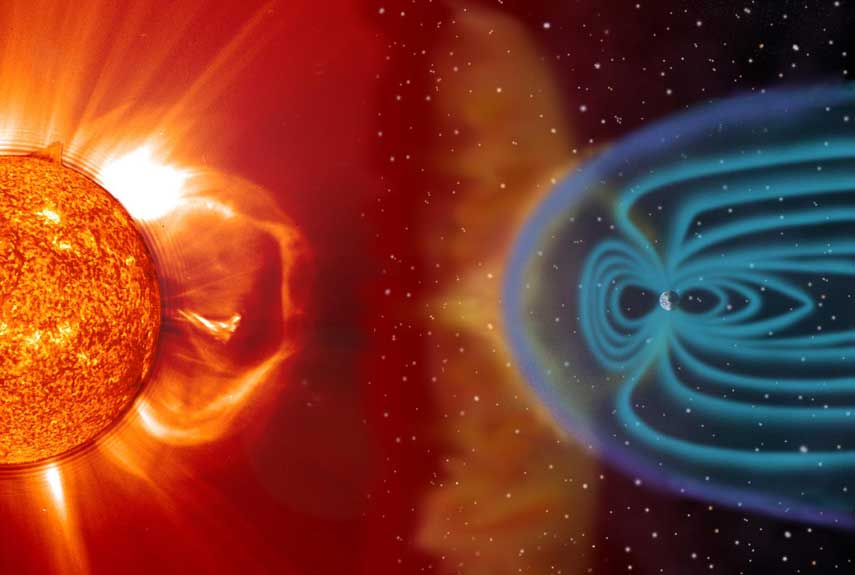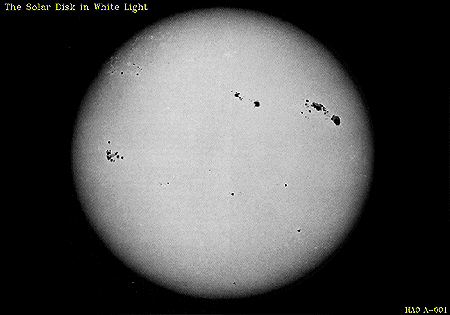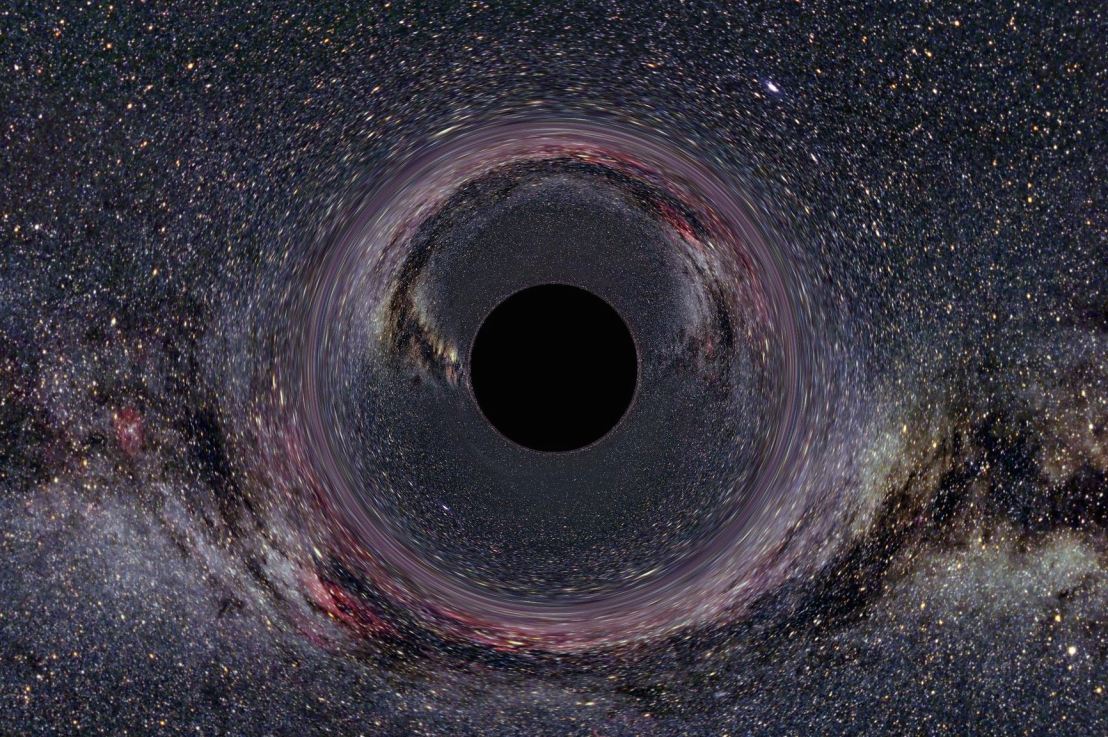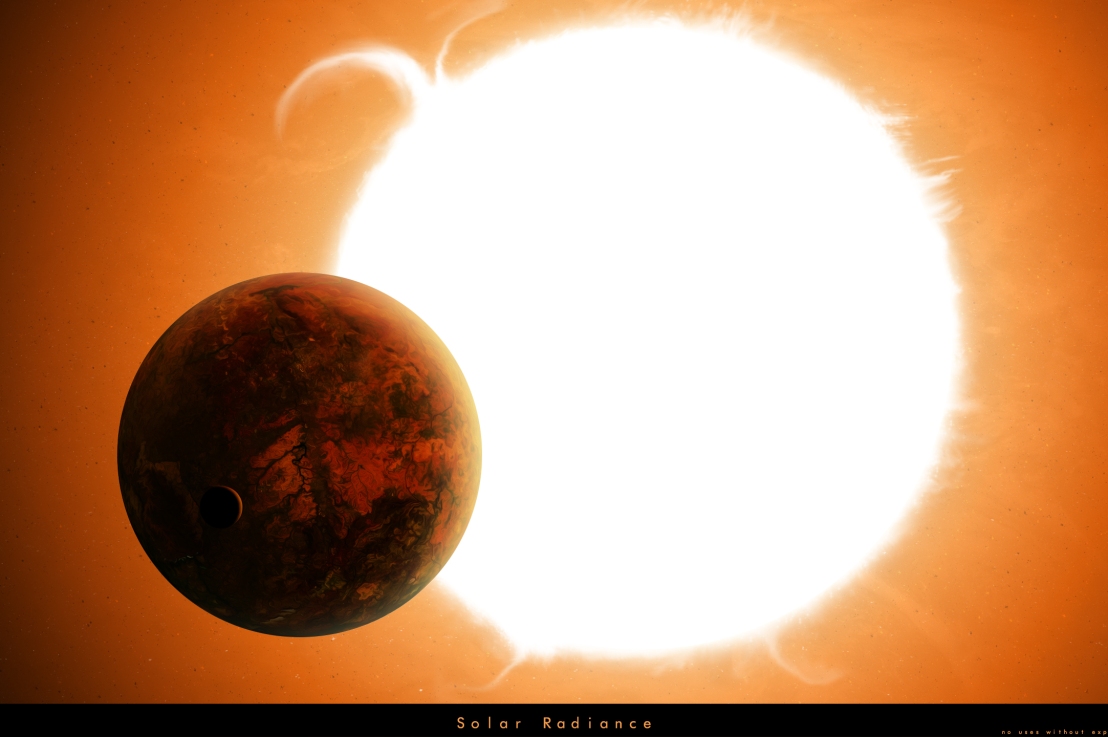Earth’s magnetic field 04/08/16
One of the main reasons why the Earth is capable of sustaining life is because of the ever present Magnetic field that it encases. The Earth’s magnetic field usually has an intensity of around 0.65 Gauss, which is enough to deflect charged particles from solar wind aimed at the planet. Also, the magnetic south pole is actually located near the Hudson bay in Canada (the poles are switched around in respect to our conceptual geographic location), so most compases do not point directly north. Every so often the Earth goes through a magnetic field reversal, in which the poles switch from one point to another. The magnetic field is thought to originate from moving iron magma in the outer core of the Earth. Some animals are thought to be able to detect the magnetic field of the earth through the use of biomagnetism, in which a piece of magnetite in the brain of the animal is able to respond to the magnetic field, acting as a sixth sense.
